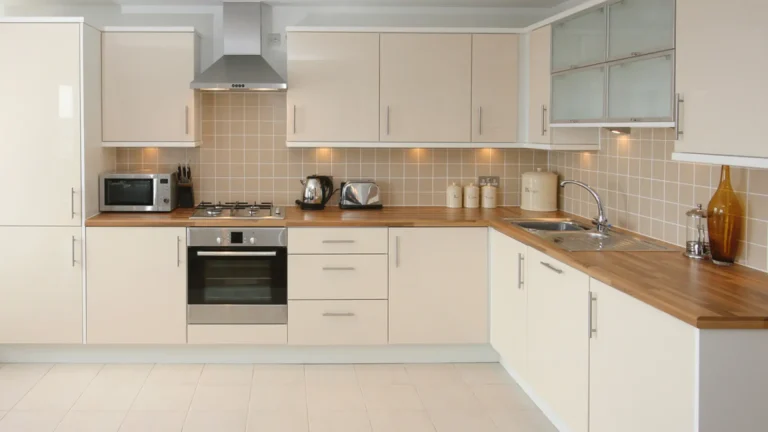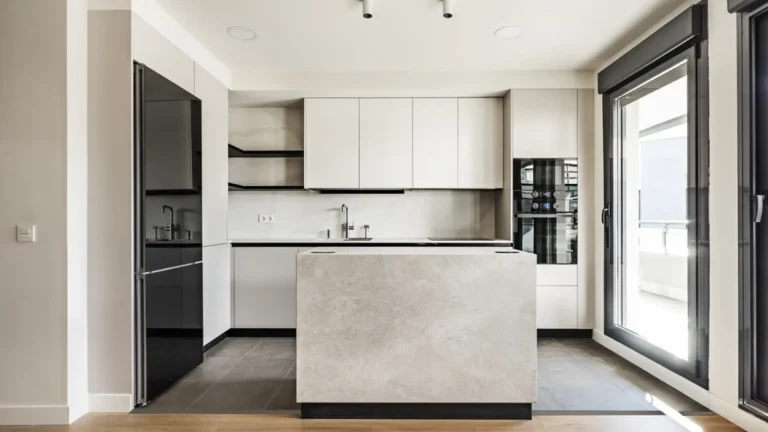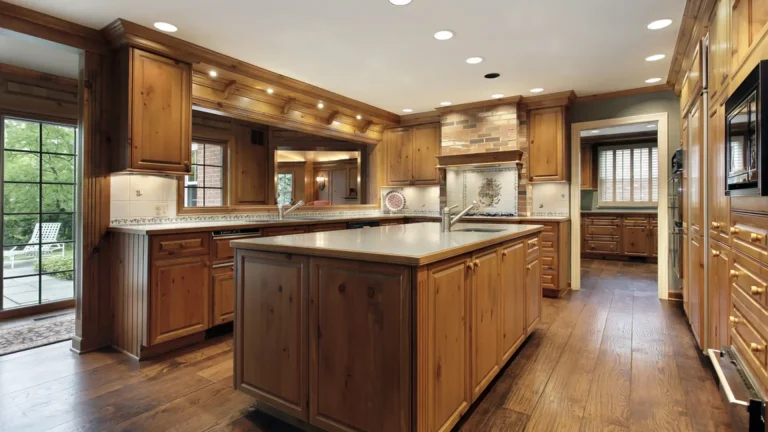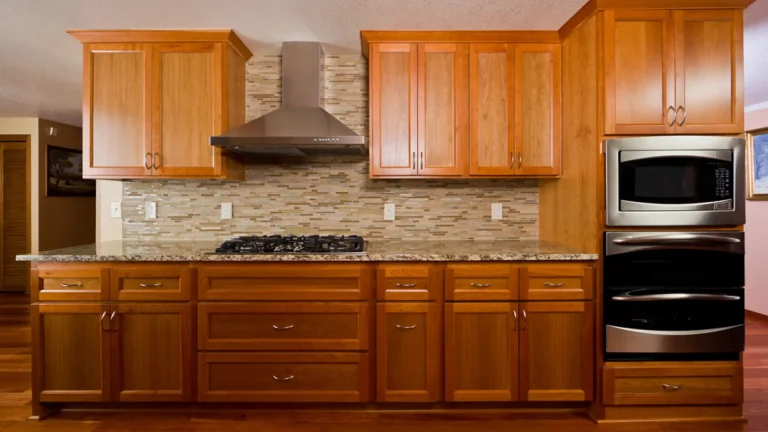What to Consider When Remodeling a Kitchen: Essential Guide [2024]
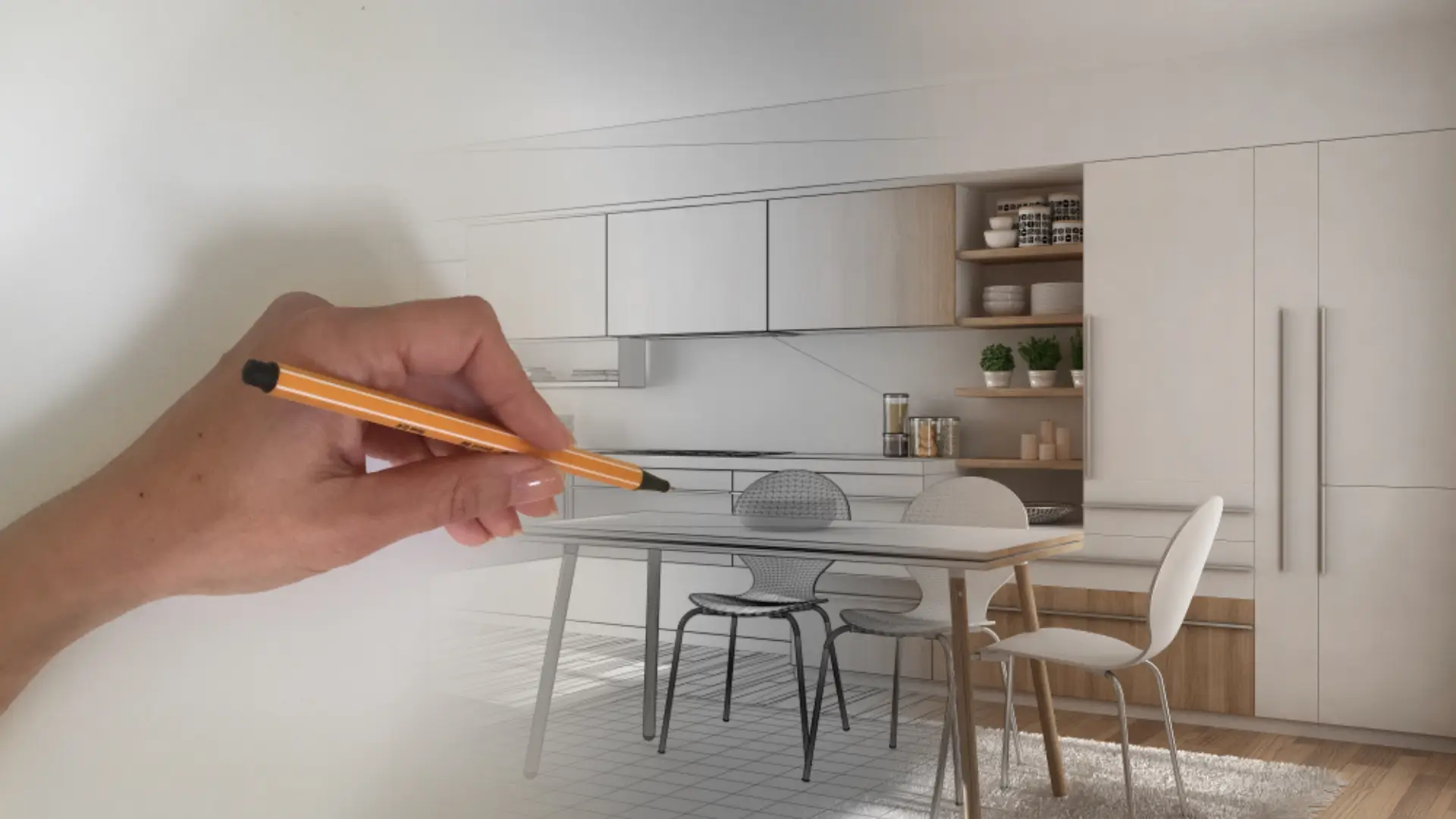
Remodeling your kitchen is a significant undertaking that can transform the heart of your home into a bespoke space that marries functionality with personal style. It’s a journey that requires thoughtful consideration, from the initial planning stages to the final touches that make the space uniquely yours. You must know what to consider when remodeling a kitchen. Whether you’re dreaming of a modernist haven that caters to gourmet cooking or a cozy nook brimming with rustic charm, the key to a successful kitchen remodel lies in meticulous planning and an understanding of what to prioritize.
Embarking on a kitchen remodel is not merely about choosing the right paint colors or cabinet styles; it’s about creating a space that reflects your lifestyle, cooking habits, and aesthetic preferences. This comprehensive guide, peppered with key considerations and design wisdom, aims to arm you with the knowledge needed to navigate the complexities of remodeling your kitchen, ensuring that the end result is both beautiful and functional.
What to Consider When Remodeling a Kitchen?
Before diving into the whirlwind of kitchen remodeling, it’s crucial to anchor your project with a solid foundation of research and planning. This initial step is your roadmap, guiding every decision from layout to finishes, ensuring that your kitchen is not just a feast for the eyes but a pinnacle of efficiency and enjoyment.
1) Do Your Research
Embarking on a kitchen remodel begins with casting a wide net for inspiration and information. Explore the latest trends, technologies, and materials in kitchen design. Familiarize yourself with the pros and cons of different layouts, appliances, and storage solutions. This exploration will help you refine your vision, aligning it with the realities of design possibilities and constraints.
2) Plan Your Budget
A well-planned budget is the backbone of a successful kitchen remodel. It’s essential to establish a clear financial framework early on, factoring in costs for materials, labor, and any unforeseen expenses. Prioritize where to splurge and where to save, ensuring that your budget aligns with your vision and the functional needs of your space.
3) Design Your Kitchen Layout
The layout of your kitchen is the foundation upon which all other decisions will rest. It should promote efficiency and comfort, reflecting the way you use your kitchen daily. Consider the classic work triangle, or explore more contemporary layout options that cater to your specific cooking habits and social dynamics.
4) Choose Countertop Material
Countertops are not only a significant visual element in your kitchen but also a functional surface that withstands daily use. From the elegance of natural stone to the durability of engineered materials, choose a countertop that complements your aesthetic while offering the resilience and maintenance level that fits your lifestyle.
5) Choose the Right Contractor
The success of your kitchen remodel heavily depends on the expertise and reliability of your contractor. Seek someone who not only understands your vision but has a proven track record of quality workmanship and timely completion. Recommendations, reviews, and a thorough interview process can help you find a partner who will bring your dream kitchen to life.
6) Eliminate Wasted Steps
Think about how and where you use kitchen items. Place breakfast foods and bowls near the breakfast table. Keep wraps and plastic containers in one handy spot near a work surface for wrapping leftovers. Locate dishware and flatware near the dishwasher to ease the process of unloading.
7) Incorporate Kitchen Technology
Modern kitchens thrive on technology, from smart appliances that enhance cooking experiences to systems that improve sustainability and efficiency. Consider incorporating devices that align with your habits, whether it’s a state-of-the-art oven for avid bakers or an integrated smart system that controls lighting, temperature, and media.
8) Use Your Counter Space Wisely
Counter space is a premium in any kitchen. Plan for ample counter areas, considering the activities that occur in different zones. Incorporating an island or extending counters can provide additional space for prepping, dining, and socializing.
9) Customize the Microwave Height
Microwave placement is a detail that can significantly impact usability. Customize its height for safe, comfortable access for all family members, whether integrating it below the counter for kids or at eye level for adults.
10) Include a Pot Filler
Consider installing a pot filler faucet near the stove. It’s a small luxury that eliminates the hassle of carrying heavy pots of water from the sink to the stove, enhancing both convenience and safety.
11) Pick a Focal Point
Every kitchen needs a visual centerpiece, be it an artisanal backsplash, a statement hood, or a uniquely patterned countertop. This focal point should draw the eye, adding a layer of aesthetic appeal to your functional space.
12) Think Sustainably
Sustainability should be a key consideration in your remodel. Opt for energy-efficient appliances, sustainable materials, and designs that reduce waste and energy consumption. This approach not only benefits the environment but can also lead to savings on utility bills.
13) Store Knives Wisely
A dedicated knife block or drawer insert ensures that your knives are safely stored and easily accessible. This consideration enhances safety and preserves the sharpness of your blades, contributing to a more efficient and enjoyable cooking experience.
14) Focus on Kitchen Lighting
A well-lit kitchen is essential for both function and ambiance. Incorporate a mix of lighting sources, from overhead illumination to under-cabinet lights, ensuring that every area of your kitchen is well-lit and inviting.
FAQs
Conclusion
A kitchen remodel is a substantial investment in your home and quality of life, one that demands careful thought and planning. By considering each of the points outlined above, you’re well on your way to creating a kitchen that not only meets your aesthetic and functional needs but also stands as a testament to thoughtful design and planning. Remember, a successful remodel is not just about following trends; it’s about creating a space that reflects your personal style and caters to your daily life. With the right approach, your new kitchen will be a source of joy and efficiency for years to come.
In the end, the journey of remodeling your kitchen is as much about the destination as it is about the journey. It’s an opportunity to reimagine your space, to infuse it with new life and personality. As you embark on this exciting project, keep these considerations in mind, and don’t hesitate to seek professional advice when needed. Your dream kitchen is not just a vision; it’s a possibility waiting to be realized.

